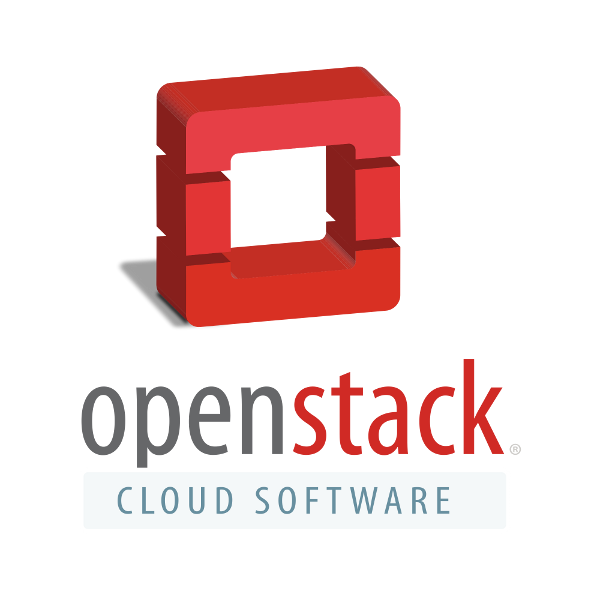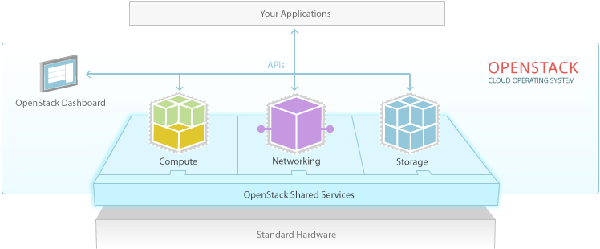Ever since Richard Stallman – that quasi-legendary stalwart of the Free Software Movement – started the GNU project in 1983, open source software has generated intensely polarised, even passionate, opinions, with a wide divide between those in favour and those against and no shortage of people willing to share a negative opinion about the opposing camp.
The negative reaction from proprietary software vendors is easy to understand. For them, open source may appear to pose an existential threat: if your business model is based on the ownership of code, then the concept of it being available free of charge to your customers and freely available for anyone who wishes to work on and improve it is not something you are going to be comfortable with.
 It’s not just the financial business model that’s the problem: when you harness large numbers of skilled and dedicated programmers, you can transcend the limits of corporate development teams; no single software corporation can ever hope to match the epic resources that come into play in an open source development.
It’s not just the financial business model that’s the problem: when you harness large numbers of skilled and dedicated programmers, you can transcend the limits of corporate development teams; no single software corporation can ever hope to match the epic resources that come into play in an open source development.
Proprietary vendors struggle to match the sheer number of coders and their keen altruistic motivation, and some are handcuffed by a business model that actively resists sharing information with the people who could help them make better code, trying as they are to keep sensitive intellectual property under wraps and suffering from a propensity to sue anyone they think might have infringed their patents.
That is not a recipe for rapid advancement, which is best facilitated by teams of people sharing everything they know and pooling their resources to reach a common goal. How far would science have made it if Caveman A, having patented the wheel, told Caveman B he couldn’t use “his’” invention without an annual licensing fee under threat of court action? Not very far.
Progress, however, is difficult to hold back, and over time things have changed. Where once proprietary vendors and the disruptive open source newcomers were on opposing sides, many proprietary vendors are now actively embracing open source. There’s a growing spirit of collaboration and cooperation as more of them see the value of leveraging the open source model.
This is especially true in the case of OpenStack, where many have enthusiastically come on board. Year on year and version on version, the development has continued. By degrees, the bugs have disappeared, the problems have been mitigated, and the technology has reached enterprise ready maturity.
Nevertheless, as open source software development is done – as the name suggests – in the open, the dirty linen of day-to-day bug fixes are in the public domain, and with so many well-funded detractors working hard to bring them to your attention, the problems are well known. Proprietary software of course isn’t bug free either: but the fixes are done in private, and for the most part are kept that way, out of the media spotlight.
Under the circumstances it’s not surprising that a number of myths have grown up around OpenStack as the kinks have been ironed out. This list of myths is by no means exhaustive, but the following are three of the biggest.
Myth #1: OpenStack is not ready for enterprise deployments.
It’s not hard to see where this one came from. As alluded to earlier, OpenStack has been through several iterations. Things which didn’t work quite so well in the beginning have been made good. But when you have a constant drip of media attention and analyst comment about known problems, the casual observer can be left with the impression that those problems haven’t been solved.
Here’s a flavour of how that works:
- Scathing report about OpenStack from research firm Gartner warns businesses, ComputerWorld, 20 October 2012.
- Gartner analyst slams OpenStack, again, Network World, November 20, 2013
- Gartner: OpenStack in the enterprise? Ha ha ha, you must be joking, The Register, 20 November, 2013.
All on the back of the famous (or infamous depending on your viewpoint) Beware of OpenStack report by analyst Lydia Leong.
Times change though. Is OpenStack a success? asked Gartner’s Alan Waite on April 27 this year. Sure it is, he then wrote, answering his own question, and went on to list five key strengths and give support – albeit strictly qualified.
And, perhaps he needed to, as in February that same organization had published a guide to succeeding with OpenStack – thus clearly acknowledging that it is eminently possible to do so.
 Negative perceptions remain, but as the offering has matured, press coverage is on an upward curve of positivity: OpenStack isn’t just ready for enterprise adoption, it’s already there, (ZDNet, May 21 2015) is a good example of where the news is headed.
Negative perceptions remain, but as the offering has matured, press coverage is on an upward curve of positivity: OpenStack isn’t just ready for enterprise adoption, it’s already there, (ZDNet, May 21 2015) is a good example of where the news is headed.
Forrester openly acknowledge that OpenStack is ready. It’s that readiness that has seen enterprises as diverse as BMW, Walmart, PayPal, CERN, Comcast, eBay, and Best Buy deploying it in mission-critical environments, and it’s why the likes of Goldman Sachs are investing hard cash.
Yes, these are hyperscale deployments, but we all know that where hyperscalers lead, the market generally follows.
Myth #2: Getting hold of the skilled staff necessary is impossible, or impossibly expensive.
It’s true that there aren’t enough skilled staff to go round. But that’s also true in a wide variety of disciplines in IT: many organizations are also struggling to hire software developers, architects, security professionals, and data scientists – to name but a few. It’s normal.
 Consider how many enterprises are now using production-grade open source applications like Hadoop for big data analytics, with more joining them by the day.
Consider how many enterprises are now using production-grade open source applications like Hadoop for big data analytics, with more joining them by the day.
Clearly those enterprises didn’t have the needed skills in place when they started – they didn’t exist. So, how did they rise to the challenge? The same way that IT always rises to this challenge.
In order to deploy Hadoop, enterprises have had to “skill up,” either by training up existing staff or by making fresh hires.
This is standard procedure for IT teams and individual professionals. It’s the norm, and it happens again and again, project after project after project, for every IT discipline imaginable.
Working as an IT professional is pretty much the definition of life-long learning; today’s skills are always supplanted by the demands of tomorrow. IT professionals are constantly retraining as today’s skills of the technology Bronze Age are supplanted by tomorrow’s Iron Age.
Difficulties in hiring the right staff won’t go away simply because you choose not to adopt, but unless you challenge it, proprietary vendor lock-in and the associated costs will be with you for the long term.
Help is at hand. Many of those early Hadoop deployments weren’t done exclusively in-house: they were done in partnership with trusted partners, suppliers who were brought in for their specialist knowledge and skills.
OpenStack is no different. If you want to get started there is long list of companies you can turn to who are ready, willing, and able to help you get your deployment running: you can put your money on the counter today, and have an OpenStack cloud running tomorrow.
Myth #3: OpenStack has no clear business model and is subject to the competing agendas of its backers.
The perception with this myth is that the 200+ companies backing OpenStack are doing so for a hotchpotch of reasons – largely for marketing purposes –and that their conflicting agendas get in the way not only when it comes to deciding what OpenStack should and should not do, but the rather more serious business of making money out of it.
In contrast, we are invited to believe that proprietary software vendors have a clear direction of travel, set by trusted companies who have a clear agenda of how they are going to achieve the revenue targets by selling to their customers. It’s a fair comment that open source companies play up the cost of the proprietary hardware and software of their competitors while simultaneously downplaying potential human resources costs. (We have marketing teams, shareholders and investors too!). But it is ridiculous to suggest there’s no clear business model: it’s a services business like any other.
SUSE and other companies like us charge for the consultancy and support that enterprises need to implement superior infrastructure that delivers business advantage and generates cost savings by eliminating vendor lock-in.
Why you should do this is simple: if you don’t like how OpenStack Vendor A is treating you, you take your budget to OpenStack Vendor B (or C, or D, or E). The essential difference in working with OpenStack is that you actually have that choice; in a proprietary cloud you do not. Nobody said open source was free: it’s cheaper, and it delivers choice and buying power to the customer.
At SUSE we believe that CIOs are capable of doing their own TCO calculation and of choosing the best partner to work with.
This article was first published in OH Magazine Issue 31, 4/2015, p5-7.

